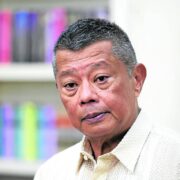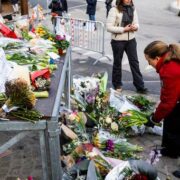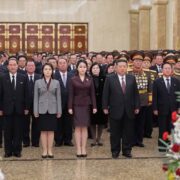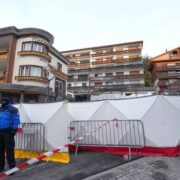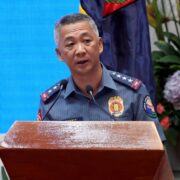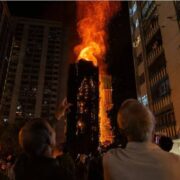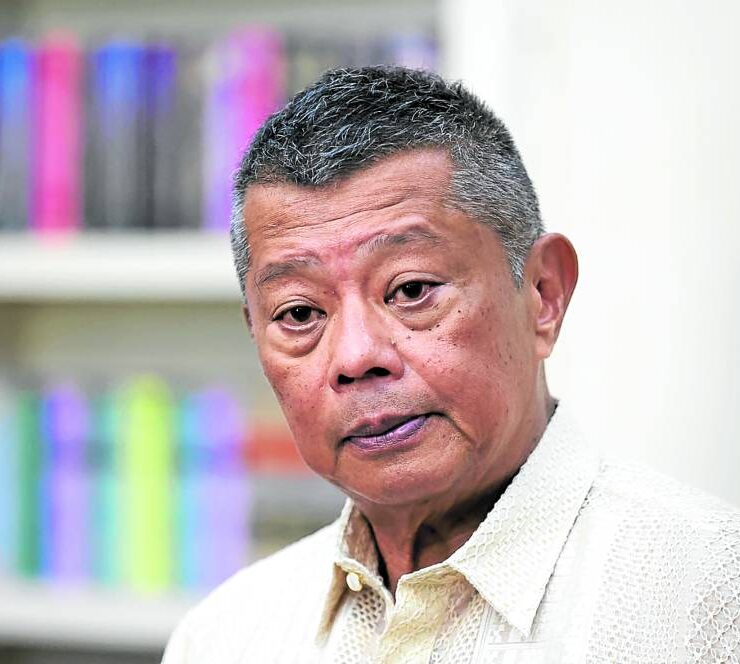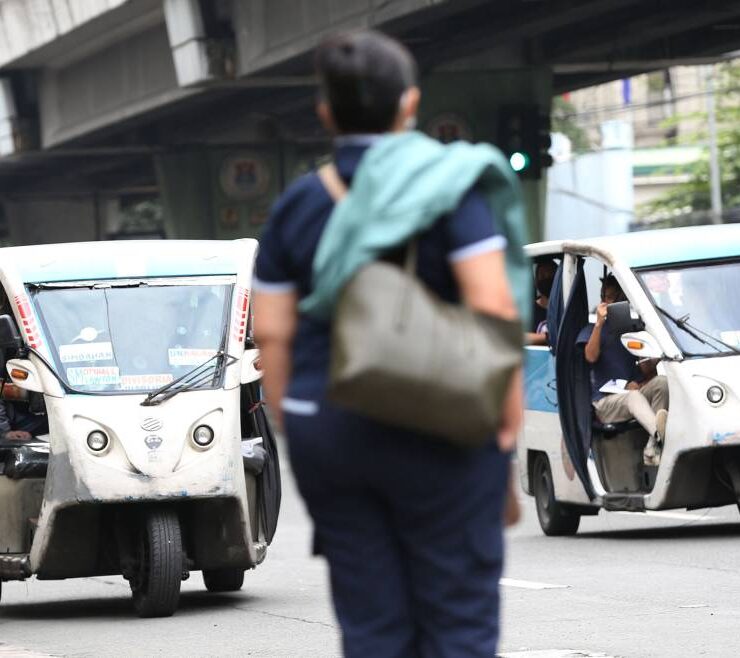No hushing PH history at National Library exhibit
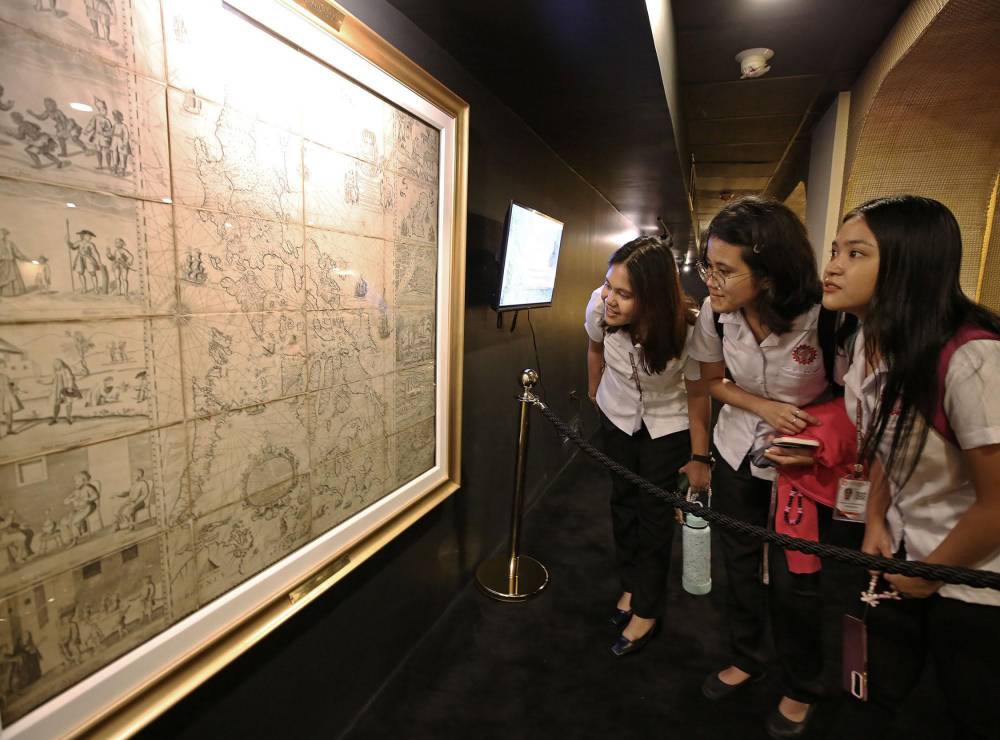
A pocket-sized book with a black cover printed in the 1520s is so fragile that librarians do not allow it to be displayed in a book cradle or opened.
But while its delicate condition might limit its visual appeal in photographs, “De Moluccis Insulis,” written by Maximilianus Transylvanus, a courtier to the Spanish King, remains significant as one of the earliest and first-known Western books to mention the Philippines.
Together with more than 80 rare and original documents, books and manuscripts, it forms part of the collection of the newly opened Permanent Gallery at the National Library of the Philippines (NLP).
According to historian Xiao Chua, who was commissioned last year to manage the Permanent Gallery, the documents were previously stored in a limited-access vault but have since been transferred to a space for public exhibitions.
Initially, he anticipated working on a small room, but he soon realized that he needed a dedicated space—a newly built mezzanine—that could accommodate much more than he had originally envisioned.
“I chose to tell the story of how words created a nation—how foreigners sought to shape us through their words, documents, and maps, and how we resisted this through the words of our heroes, ultimately forming our own identity based on human rights and democracy,” Chua said about the exhibit of rare printed materials aptly titled “And with Words a Nation was Born,” which opened on Sept. 9.
The gallery showcases a collection of historical artifacts from the Spanish colonial era, including publications long familiar to historians, such as Antonio de Morga’s “Sucesos de las Islas Filipinas,” annotated by Dr. Jose Rizal, and the “Vocabulario de la Lengua Tagala.”
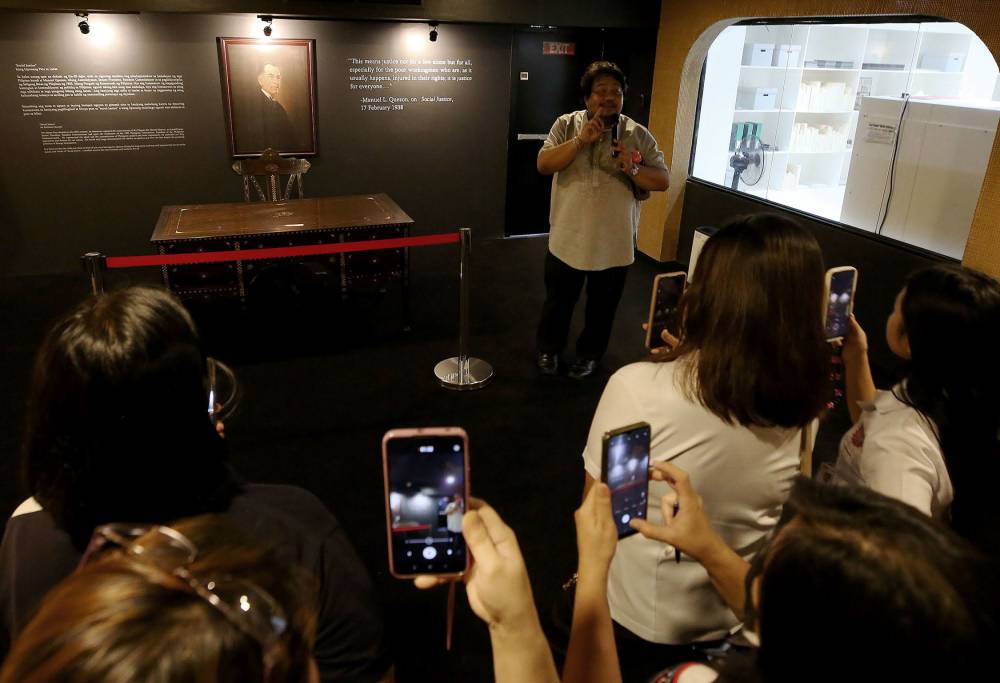
Highlights, lighter side
A highlight of the exhibit is the Murillo Velarde 1734 map, drawn by artists under the supervision of Jesuit friar Pedro Murillo Velarde. Acquired by Filipino businessman Mel Velarde at a Sotheby’s auction in 2012, the “Mother Of All Philippine Maps,” as it has been called, was entrusted to the NLP for permanent display.
According to former Supreme Court Associate Justice Antonio Carpio, the map served as a key document in the Philippines’ 2013 arbitration case against China. For a map from the 1700s, it helped assert the country’s sovereign claims over the West Philippine Sea, as it depicted the features of “Bajo de Masinloc” and “Panacot”—which corresponds to the Panatag, or Scarborough Shoal—as being part of the Philippine archipelago.
Chua said the map illustrates how the Spaniards perceived the Philippines and serves as evidence of their efforts to “shape it as one of their colonies.”
The original manuscripts of Rizal’s main works—his novels “Noli Me Tangere” and “El Filibusterismo” and poem “Mi Último Adiós”—may well be the centerpiece of the exhibit, since these were declared national cultural treasures.
The collection also showcases a lighter side of Rizal—including an undated cartoon showing a man farting.
Chua said the pencil illustration depicted a suitor visiting a girl’s family. As he bows before her parents, he suddenly lets out a fart, causing a comical scene where a light bulb, a chicken and even the girl seem to be sent flying.
Republic’s birth
Among the pivotal documents which serve as records of the birth of the Philippine Republic are a letter by Gen. Emilio Aguinaldo describing the design of the Philippine flag; a replica of Juan Luna’s evocative drawing of that flag, “Bandera Filipina”; the original music sheet of the “Marcha Nacional Filipina,” the country’s national anthem; and the Spanish draft of the Republic’s first Constitution, dated Jan. 22, 1899.
In today’s era of disinformation and the erosion of democratic principles, Chua said he had one goal behind putting the exhibit together: “To remind people that our nation was established based on the principles of human rights and democracy.”
“For example, Manuel Quezon’s vision of social justice is central to the exhibit. While you might see his chair and table, they only tell part of the story. Without the narrative of his commitment to serving the people through social justice, these items would be devoid of meaning,” he said.
“It’s not just about pieces of paper or ink; these are the souls of our people and I hope you recover a little bit of that soul in you when you come to the exhibit,” Chua said.
The NLP Permanent Gallery is open to the public from Monday to Friday, 9 a.m. to 4 p.m. Chua will hold a free tour on Sept. 27, 10 a.m., to the first 30 registered visitors via web.nlp.gov.ph/TuklasRegistration. INQ



